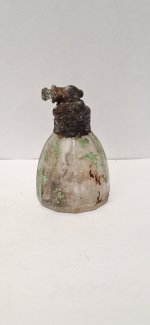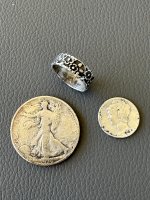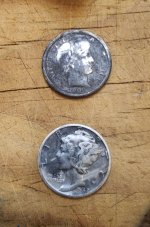gsmeiers
Full Member
I understand -- I was just hoping to track down the book and purchase it.
Could you send me a better scan? The pictures here are a little fuzzy.
Garrett
Could you send me a better scan? The pictures here are a little fuzzy.
Garrett


 I can make out most of it -- some of the letters are hard to read what they are.
I can make out most of it -- some of the letters are hard to read what they are. .
. lol
lol


